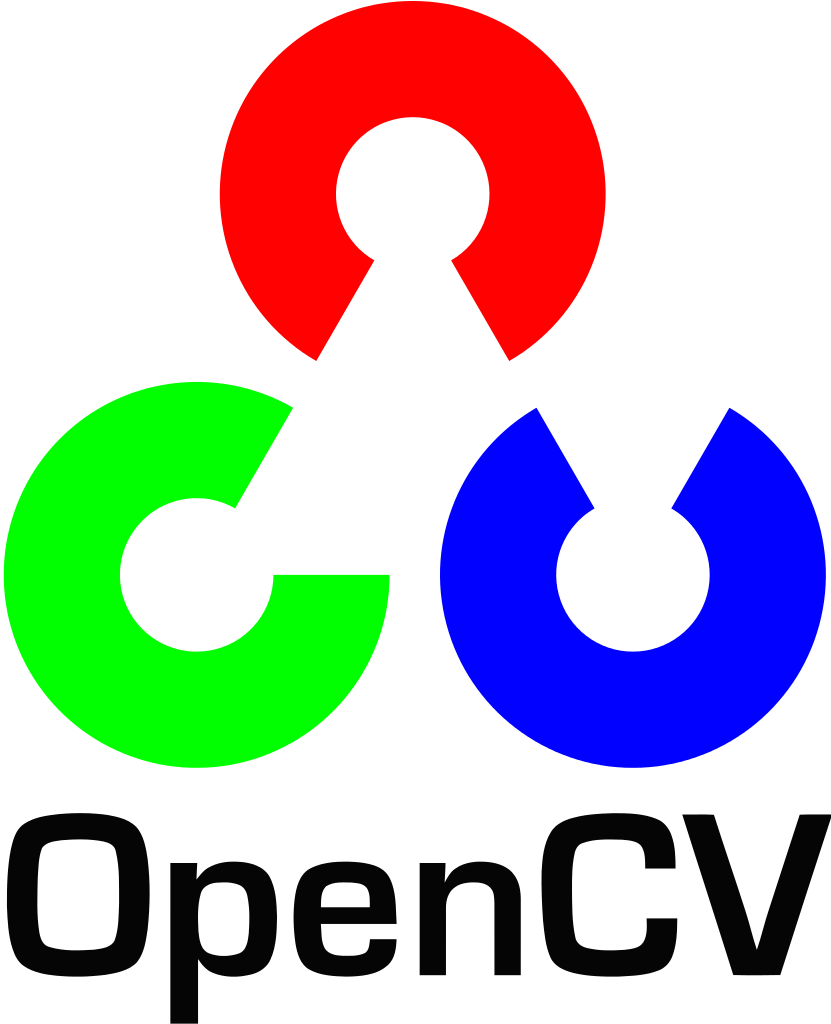OpenCV is a cross-platform library that is used to develop real-time computer vision applications. Ever wondered how your picture perfectly outlines your face with the filter? Wondered how your cars give a crash alert while in reverse gear? Thought of the basics of google lens? Wondered how your paper crops up flawlessly while being scanned? Thought of how Facebook recognizes your friends in a group picture? Well, the most common library being used behind all these use-cases is OpenCV.
OpenCV focuses on image processing, feature extraction, and object detection. It stands for “Open source Computer Vision Library”. Computer vision acts as a bridge between computer software and the visuals around us. It makes the computer learn the visualizations around us. Predicting the 3D visual from the 2D image is the basic task of this library.
You need libraries like NumPy, imutils for Face Detection. When it comes to Object Detection you need Tensorflow, Image AI library, scipy. So, it all depends on your application that adds up the libraries.
How does OpenCV process images?
It converts each image into a multi-dimensional array of pixels which represents the intensity of each color in the image. Images can be rendered in color layered with 3 channels (Blue, Green, and Red), Grayscale with pixel values varying from 0 (black) to 255 (white), and binary portraying black or white values (0 or 1) only. NumPy is used to convert the image into an array of pixels.
Do you want to learn more about OpenCV?
OpenCV Tutorials for Beginners
Conclusion
OpenCV is an open-source computer vision library. OpenCV is an extremely optimized library with a focus on real-time applications.
